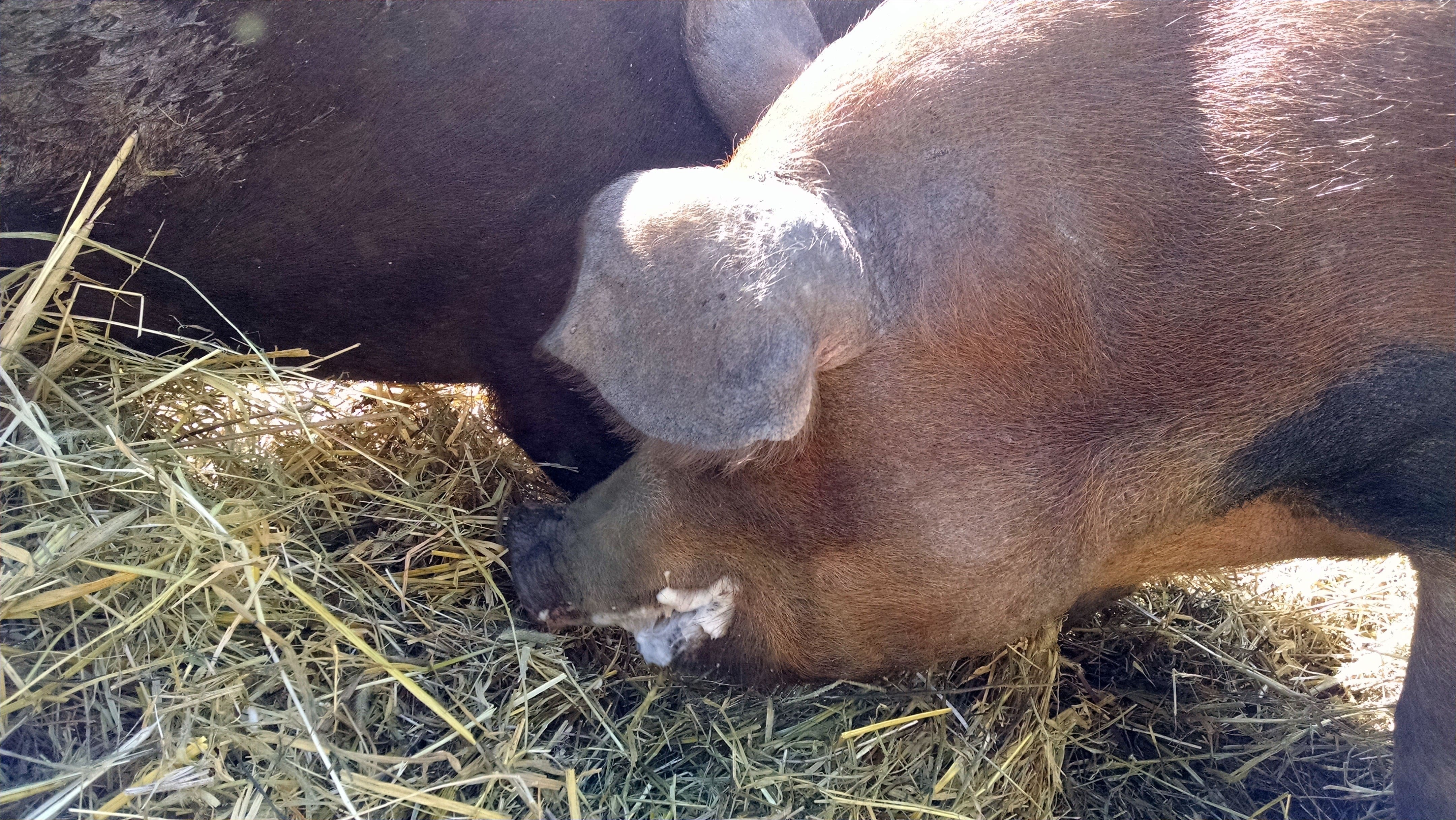“…the foam which flows from the mouth of wild boars, and many other things- though they are far from being beautiful, if a man should examine them severally- still, because they are consequent upon the things which are formed by nature, help to adorn them, and they please the mind; so that if a man should have a feeling and deeper insight with respect to the things which are produced in the universe, there is hardly one of those which follow by way of consequence which will not seem to him to be in a manner disposed so as to give pleasure.” The Meditations, by Marcus Aurelius
I’d suggest that Marcus Aurelius tended to overreach when writing the meditations, but when you are the most powerful man in the world I guess that is a royal prerogative. Anyway, who am I to argue with a guy who’s been on the bestseller list since about AD 180? Nobody is going to be reading this blog 1,835 years hence.
But I get the point he’s making in the above quoted passage. Viewed properly, anything in the universe can be a fit subject for intense study and growing appreciation, even boars foaming at the mouth.
It is worth pointing out that wild boars don’t own the exclusive rights to foam production; all pigs can manufacture it. Boars foam when getting randied up for mating or when feeling the need to teach another boar just where he belongs in the social order. Sows occasionally foam a little when they are in heat, but they don’t produce as much of a display as the boars. You’ll hear it before you see it, since a boar makes a distinctive rapid chomping sound to stimulate salivation. Within seconds he’ll look like he is lathered up for a shave. The froth is sticky and rather long lasting, so that if the boars start to tussle and the spit starts to fly, you’ll be able to see flecks of foam on the ground for five or ten minutes.


Boars produce androstene steroids in their testes, but the chemical is concentrated in their salivary glands. When they foam up, they also release large amounts of these tangy smelling steroids. The pheromone components involved communicate to the rest of the herd something about the boar’s sexual potency. It is a point of interest that these steroids are partially responsible for boar taint in some breeds or families of pigs. I’ve definitely smelled the taint in the saliva and urine of boars, but I’ve never detected it in boar meat and fat from our pigs. But all this should make anyone who is using jowl meat from boars to take special care to trim all the salivary glands. Otherwise you might end up with some reeking guanciale.

3 thoughts on “Whipped Spit”
Have you ever had a really bad fight amongst your pigs? I have three 2.5 month-old pigs together, from the same litter so they’re OK. I’ve put the runt and one with umbilical hernia (both 2.5 months also) in a separate section. There’s a 5-month old boar nearby. A couple of times the little ones escaped into the boar’s territory and there was a big chase and yelps. I put everyone back in their places before things got out of hand (was also afraid the little one with the hernia might have an accident …).
We don’t castrate our boars and boar taint aint a problem. 😉 Supposedly it depends how and when you butcher (salivating is good, whatever taint therein goes out) … You have fantastic looking pigs!
We have had fights, but as long as there is enough room for the weaker pigs to get away, things usually work without harm. When introducing new pigs to the herd, I strongly prefer to introduce them in groups. That really reduces the chances that any one of will be singled out and harmed.
Thanks for the advise, I agree totally about enough room to get away. The same applies to chickens and goats, in the latter case, places where kids can hide in (like wicker baskets, etc) have been shown to help. We’ve had fatalities in chickens when cooped in small spaces.